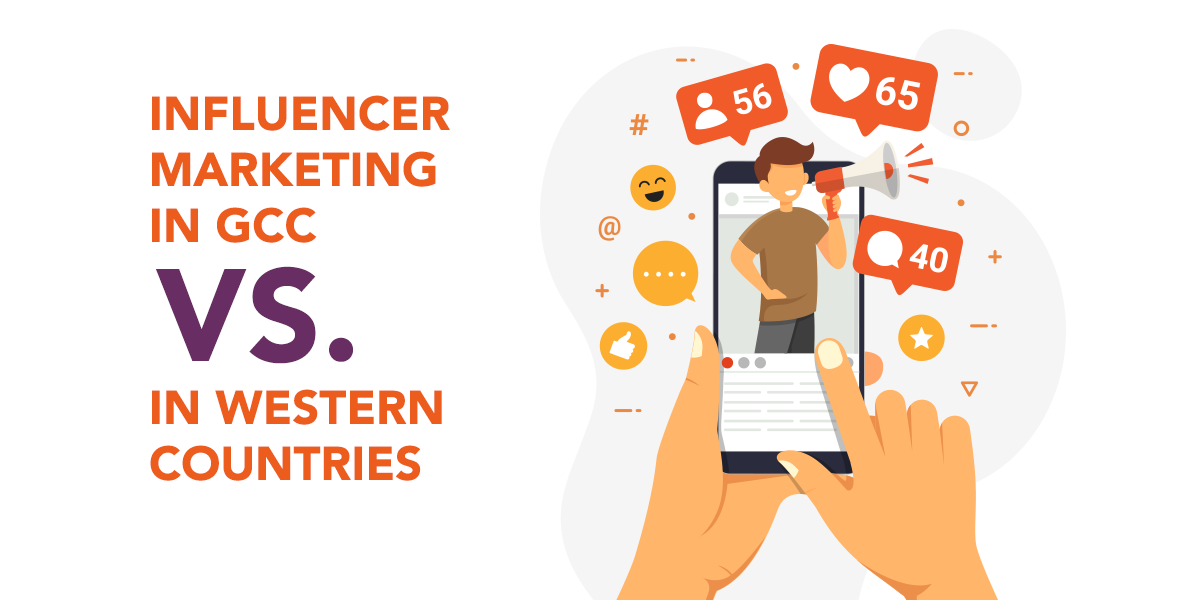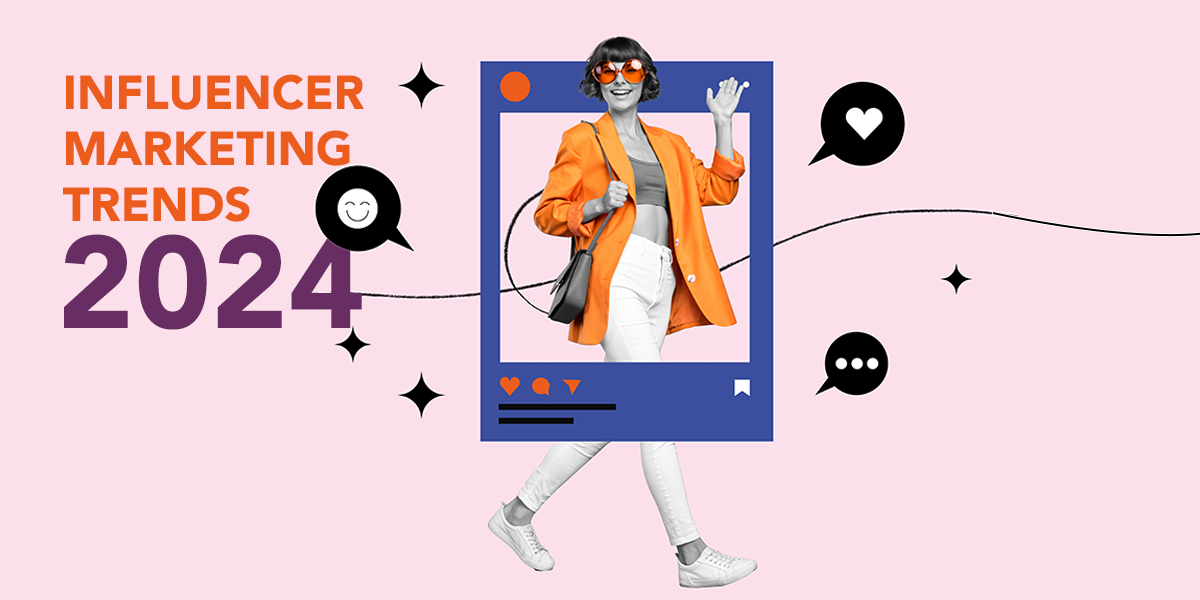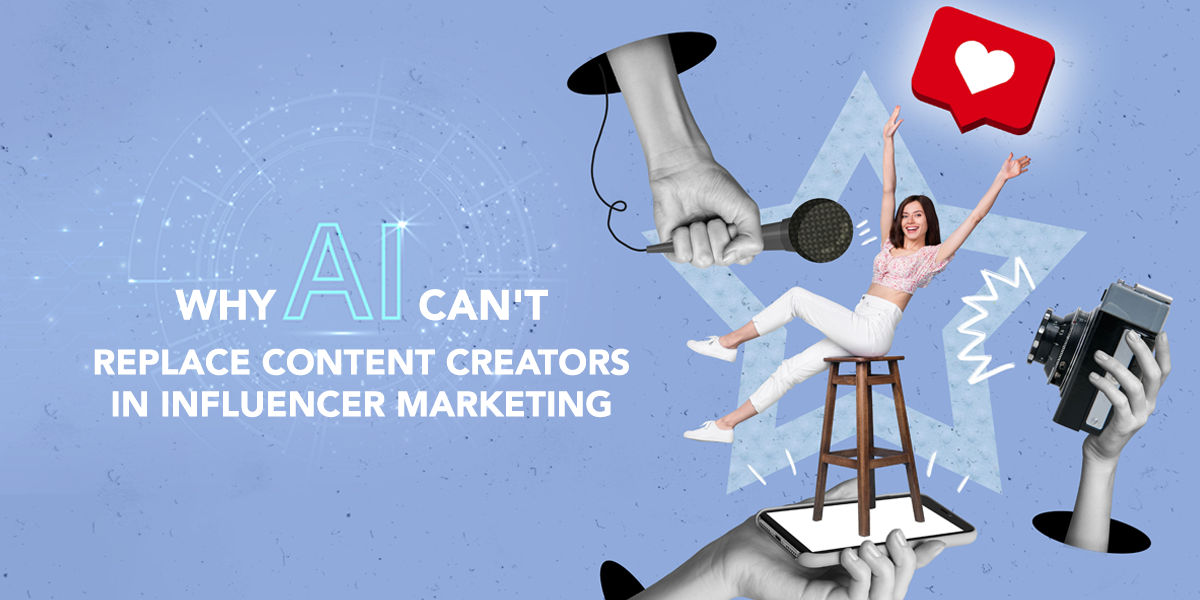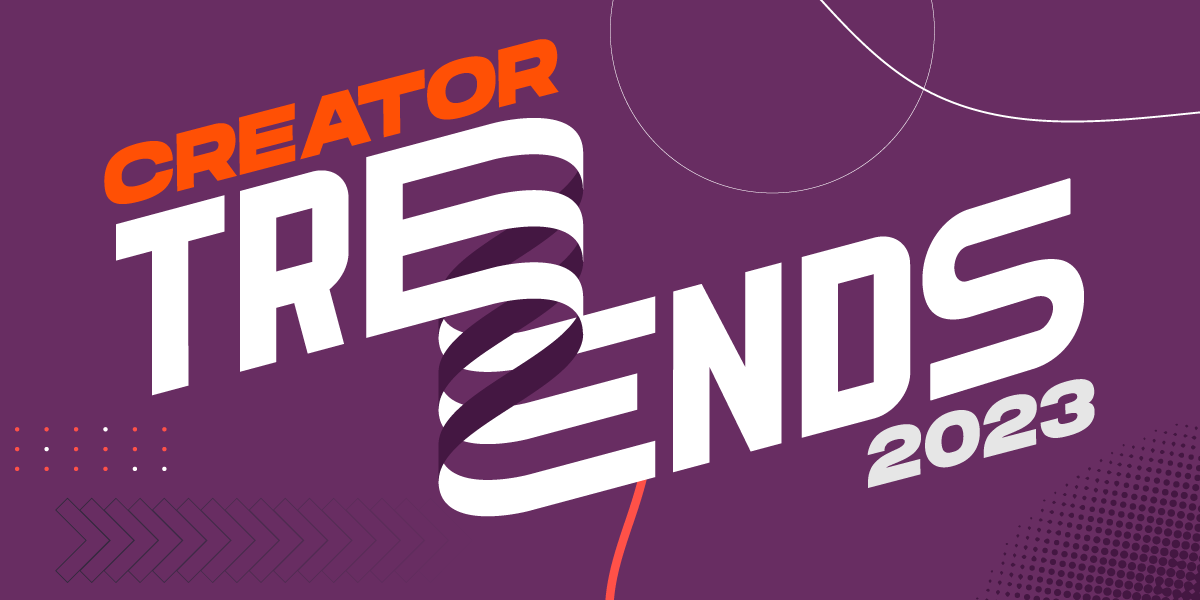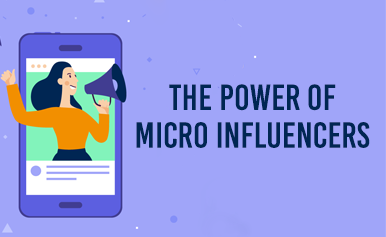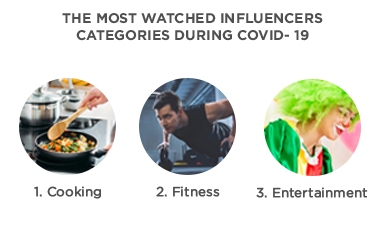3 Reasons Why you Should not Work with Any Influencer
August 22, 2022



Influencer marketing is one highly recommended way to advertise products and services on social media in a humanized form. There comes lots of trust and authenticity when influencers speak to their audience about a brand. Naturally, brands seem to already be aware of this and are utilizing influencers more regularly. Based on some research, influencers’ posts on social media have an increase by 23% in the past year with sponsored posts.
This clearly provokes how influencer marketing is working, however, utilizing the wrong influencers leads to several disadvantages such as a failed campaign and eventually harming the brand.
We at Starfish, a micro influencer marketing agency in the GCC, have understood the key things to keep an eye on before working with any influencer:
A Niche Audience is your Golden Audience
The smaller the audience is, the more concentrated the influencer’s content would be. This would help showcase the authenticity of the product being promoted on the influencer’s page. If an influencer’s content is all about home décor and promotes a baby stroller the next day, her audience is less likely to be interested in that product.


Engaging Posts are Major
Engagement is a key criterion for influencer marketing. Engagement rate is the total engagements of influencers posts for a period divided by the number of followers. The Engagement rates of micro influencers defer than mega influencers, for example 1% could be a good engagement rate for mega influencers but a bad engagement rate for micro influencers.


Target Market should be Relevant to Brand
The group of potential consumers of a brand versus the audience of the influencer should be identical. The demographics of the influencer is crucial to take care of before selecting the influencer for the campaign. If a female influencer with 70% of her audience being male promotes a beauty product for women, there would be less conversion.






